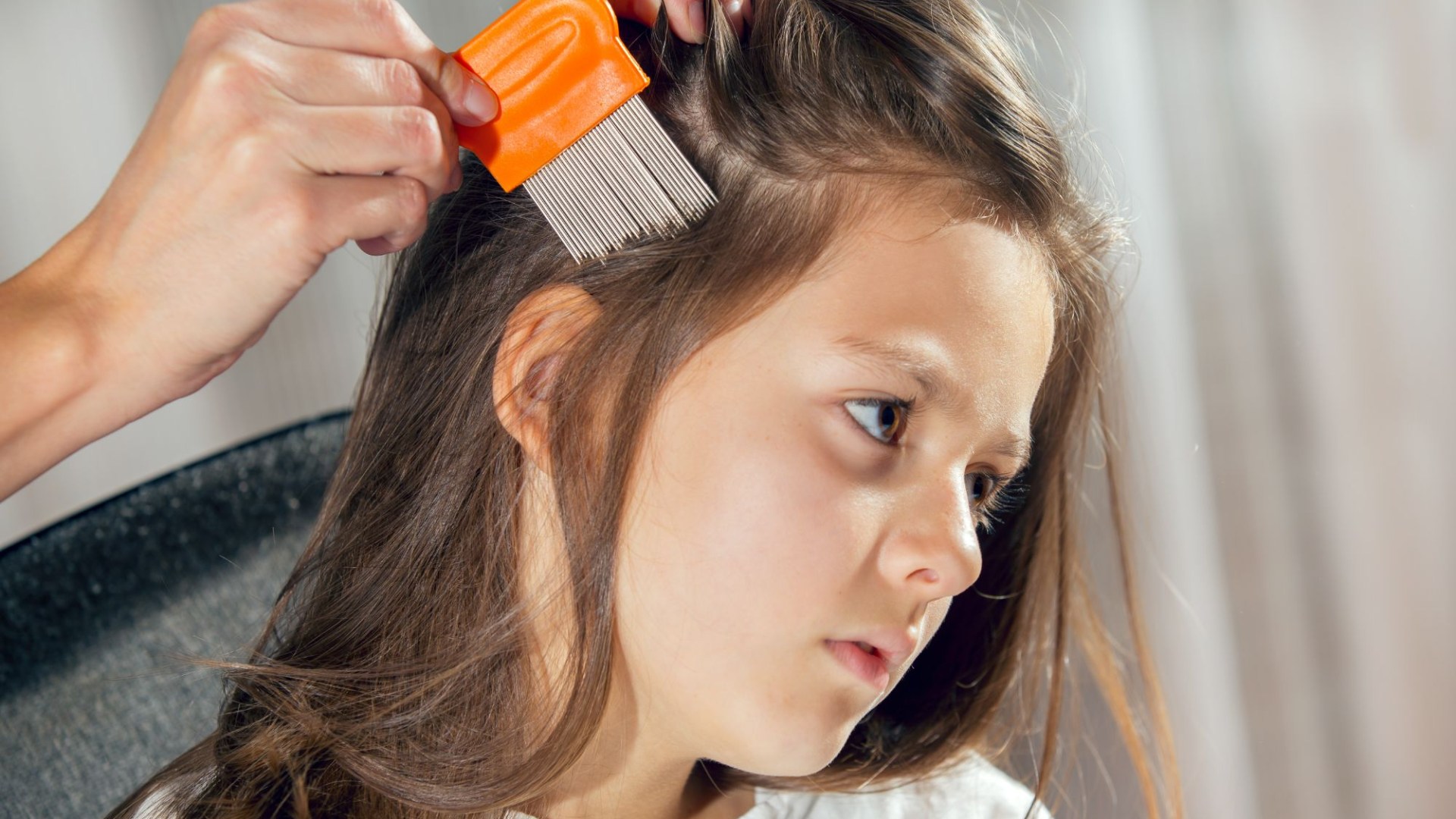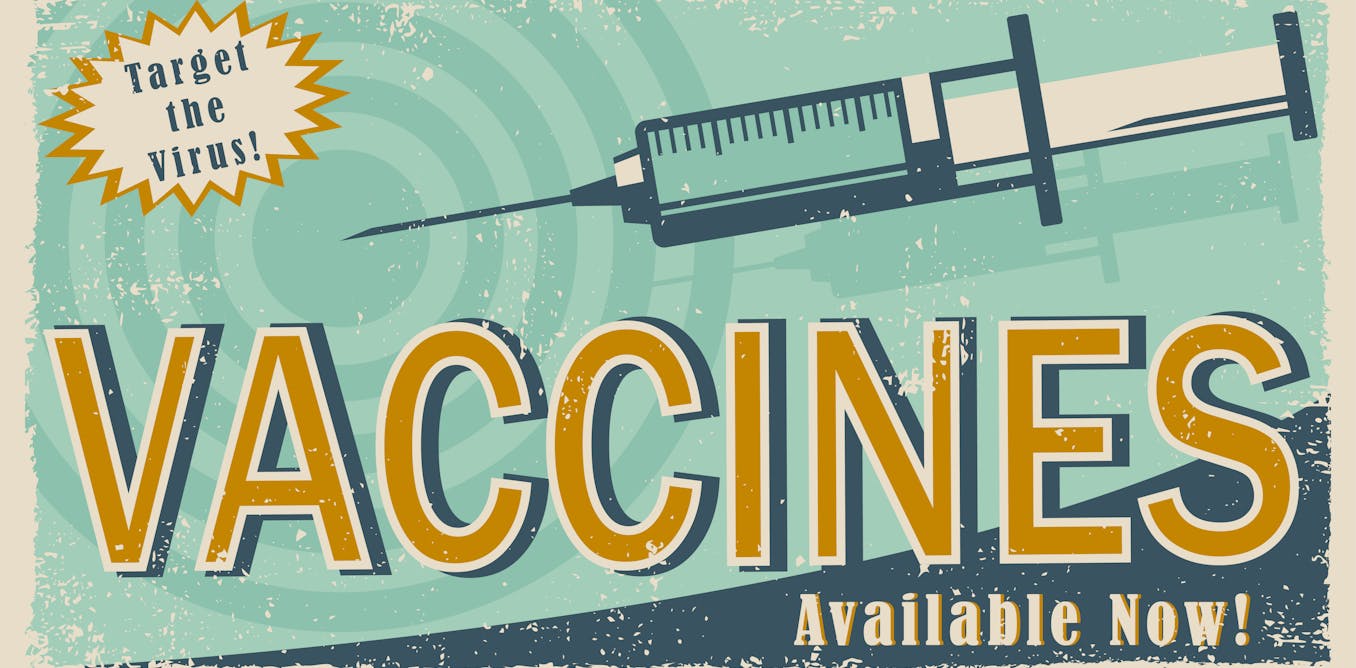WITH kids heading back to school this week, experts are urging parents to be aware of the heightened risk of head lice.
Last year, figures released by NHS England showed there was an increase in visits to its health advice page on head lice and nits in the month of September, with visits peaking on September 18.
2

2
The increase coincided with children returning to school after the holidays.
Dr Donald Grant, GP and senior clinical adviser at The Independent Pharmacy, said as children prepare for another school year, it’s important for parents to be aware of the risk.
He said: “Head lice doesn’t pose an immediate health risk, despite the annoyance, therefore, I don’t believe parents should be worried.
“Despite this, it’s vital to understand the root causes and how to treat children to avoid further infestations.”
READ MORE ON KIDS’ HEALTH
Head lice are common in young children and families, and are passed on through head-to-head contact, not dirty hair.
Medicated lotions and sprays, which can be purchased from pharmacies, supermarkets or online, are a common way to treat an infestation.
But as most head lice treatments use the same active ingredients, such as permethrin, head lice can develop an immunity over time, making it more difficult to fully eradicate the critters, warned Dr Grant.
He added: “Treatment won’t work if children continue to be exposed to other people with head lice.
“It’s important to identify the cause and ensure everyone uses treatment correctly, to minimise spread and the chances of it returning.
“If your child continues to get head lice from school, it might be best to contact teachers so they can alert other parents.”
The NHS recommends ‘wet combing’ to remove lice using a special fine-toothed comb that can be bought online or from pharmacies.
You should start off by washing your hair with ordinary shampoo, apply lots of conditioner (any conditioner), then comb the whole head of hair using the comb, from the roots to the ends.
Wet combing should take between 10 and 30 minutes, depending on hair length or if it’s frizzy or curly hair.
And do wet combing on days one, five, nine, and 13 to catch any newly hatched head lice. By day 17, everyone’s hair should be free of lice.
But if you do want to opt for a medicated treatment, Dr Grant recommended: “Treatments such as Hedrin 4% Lotion are extremely effective at targeting and treating head lice.
How to spot head lice

As lice often appear on the scalp, one of the biggest signs of head lice is itching
Itchiness can occur on the scalp, neck and ears and is the most common sign that lice are present, said Dr Grant.
He added: “Additionally other telltale signs of head lice include; a tickling or crawling sensation, visible lice on the hair and red bumps on the scalp or neck.
“Head lice can also impact sleep, as the lice become more active in the dark, making rest uncomfortable for individuals.”
“This product has the active ingredient, Dimethicone and works within one to two weeks by suffocating the lice.
“Alternatively, Full Marks Head Lice Solution offers treatment in 5 minutes and can be used on children aged 2 or above.
“This solution dehydrates lice while also removing any eggs, preventing future irritation.”
From parents getting head lice to the best way to prevent them, Dr Grant shared other things you need to know.
How do kids get head lice?
Children can catch head lice through head-to-head contact during play, school or other activities.
And while lice can’t jump from person to person, they can crawl from one head to another, said Dr Grant.
He warned: “Sharing personal items, such as hairbrushes, scarves, hats or towels is another common way children catch head lice from another child.
“In schools where young ones share storage spaces such as cloakrooms, lice can easily infect several children quickly.”
Can you get head lice if your child has head lice?
Parents can also get head lice, in exactly the same way as their kids – such as sharing personal items or direct contact.
They can also catch head lice, directly from their child, said Dr Grant.
He said: “It highlights the need for quick intervention, providing appropriate treatment to stop the spread.
“Interestingly, head lice only infest humans, meaning there’s thankfully no risk of lice being passed to pets such as cats or dogs.”
What can you do to prevent head lice?
To prevent head lice, it’s important to practise good hygiene, wash hair appropriately and avoid head-to-head contact.
Dr Grant advised: “It can be difficult for parents to avoid children coming home from school with lice, therefore, it’s vital to do routine checks for early detection.
“Lice-repellant products can also be useful for providing added protection.
“Overall, by maintaining good hygiene standards and routinely checking children’s hair, parents are doing all they can to avoid a head lice infestation.”
The most common back-to-school bugs to watch out for

As children flood back into school classrooms over the coming weeks, this provides ample opportunity for them to pick up and spread nasty bugs.
Pharmacist Thorrun Govind told the Sun: “There is often lots of hugging and playing between friends they haven’t seen all summer – and all that close contact means bugs can easily spread.
“They also tend to cough and sneeze without covering their mouths and don’t always wash their hands without parental supervision.”
Here are the most common bugs to watch out for in your tots:
- The common cold
- Respiratory syncytial virus (RSV)
- Flu
- Covid-19
- Scarlet fever
- Norovirus
- Measles
- Whooping cough
Read more on each bug’s symptoms and how to prevent them here.




